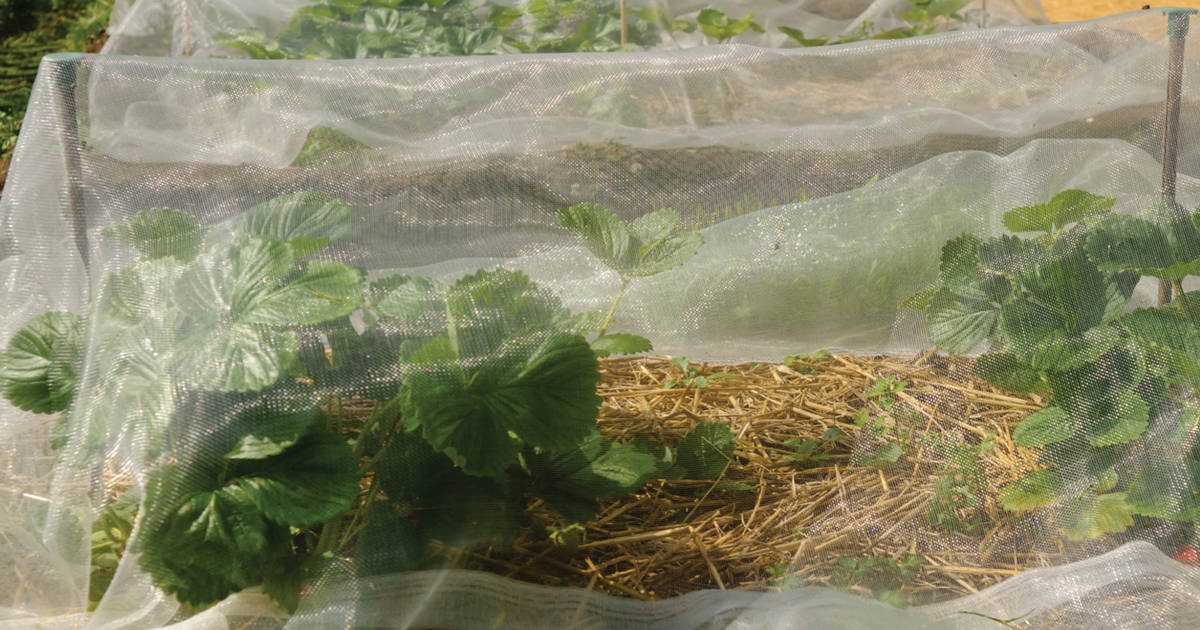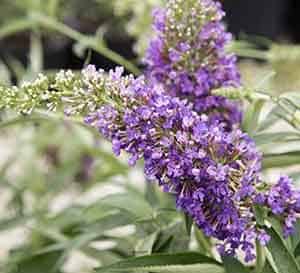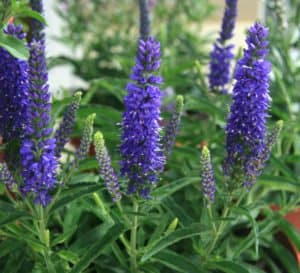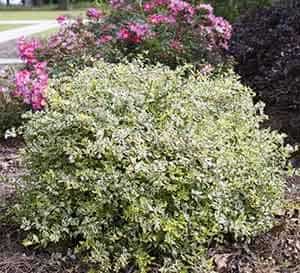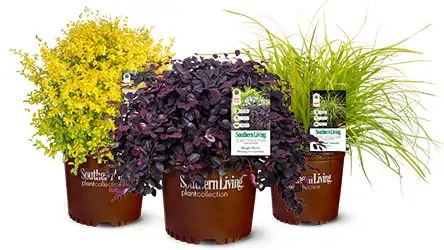For millennia, gardeners and farmers drew upon a vast set of tools and tactics to manage pests. Many of these strategies were left behind with the proliferation of cheap chemical pesticides following World War II. But, they are not lost. The following practices can be used to prevent and manage pests in the landscape and garden by working with, rather than against, nature.
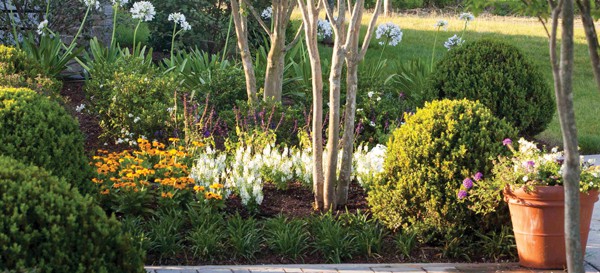
1. Simple Beginnings
An easy place to start managing pests is with plant selection, and proper planting techniques to maintain plant health such as irrigation and fertilization.
Pro tip: Healthy plants are less attractive to pests.
A plant will be more vigorous when placed in a location matching its water, light and soil requirements. Proper plant spacing will reduce competition for water and nutrients and ensure good air circulation, which reduces disease problems. Many new plant varieties have been developed and selected for their ability to withstand pressure from plant pathogens and insect pests. These pest resistant varieties, along with plants well suited to the local climate, will be more resilient and encounter fewer problems.
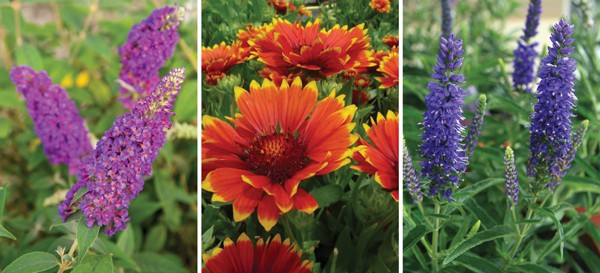
2. Putting Mother Nature to Work
A garden is an intricate ecosystem, bursting with life. While the garden is home to insects and other agents we consider pests, it is also bustling with beneficial creatures that help maintain balance in the landscape. Gardeners can attract these beneficial insects by providing the basic requirements of life: food, water and shelter.
In addition to feeding on the pests in our garden, many beneficial insects also feed on nectar and pollen. Welcome these garden helpers by providing a feast of flowers such as Ultra Violet™ Buddleia, ‘Sunset Flash’ Gaillardia and Dark Blue Moody Blues™ Veronica.
Another way to attract beneficial insects to the landscape is by providing a water source such as a container water garden. Water also provides a habitat for frogs and toads – other good garden predators – and invites insect-feeding birds to the garden. Nest boxes and perches can also be used to entice birds, or hang a bat house to encourage these insect-feeders.
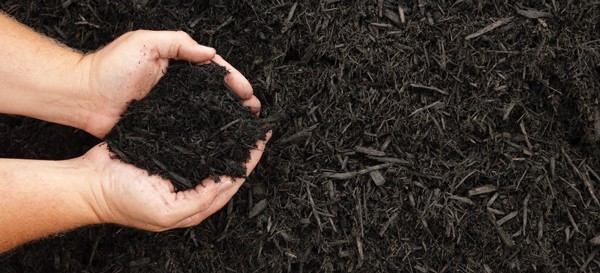
3. Mulch, The Magic Elixir
Mulch serves many functions in the garden. It helps manage weeds by limiting the amount of light available for seeds in the soil to germinate and by smothering small weed seedlings. It protects plants from soil-borne diseases by preventing rainfall and irrigation water from splashing pathogens onto the plants. Mulch also protects soil, reducing soil compaction from the impact of heavy rains or foot traffic, as well as reducing erosion due to wind and rain. All of these services encourage healthier plants in the garden. Finally, mulch provides shelter to earthworms and beneficial insects. And of course, a mulched garden looks tidier. When selecting mulch for pest management, consider organic materials such as wood chips or pine straw over stone or plastic.
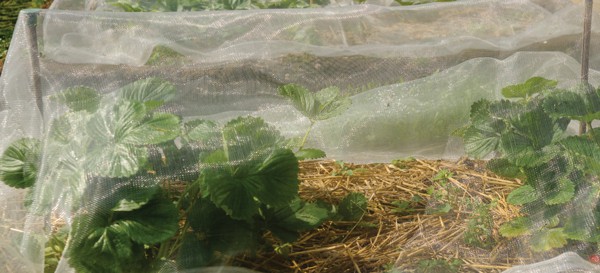
4. Keeping Pests Out
In some cases, an easy way to manage a pest is to prevent it from reaching the plant. A variety of barriers can be used in the garden to protect fruits and vegetables. A floating row cover protects low-growing crops from insect pests. The lightweight cloth allows air, water, and sunlight to reach the plants, but prevents insect pests from reaching their hosts. An old-fashioned bird net is the perfect tool to prevent birds from reaching the fruits of berry-producing shrubs like blueberries, elderberries and strawberries.
We have a diverse toolkit available for managing pests in the landscape, from simple hand-removal of weeds and pruning diseased branches, to picking up fallen fruits from the ground. By combining several techniques, you, too, can successfully manage pests while maintaining a healthy landscape.

